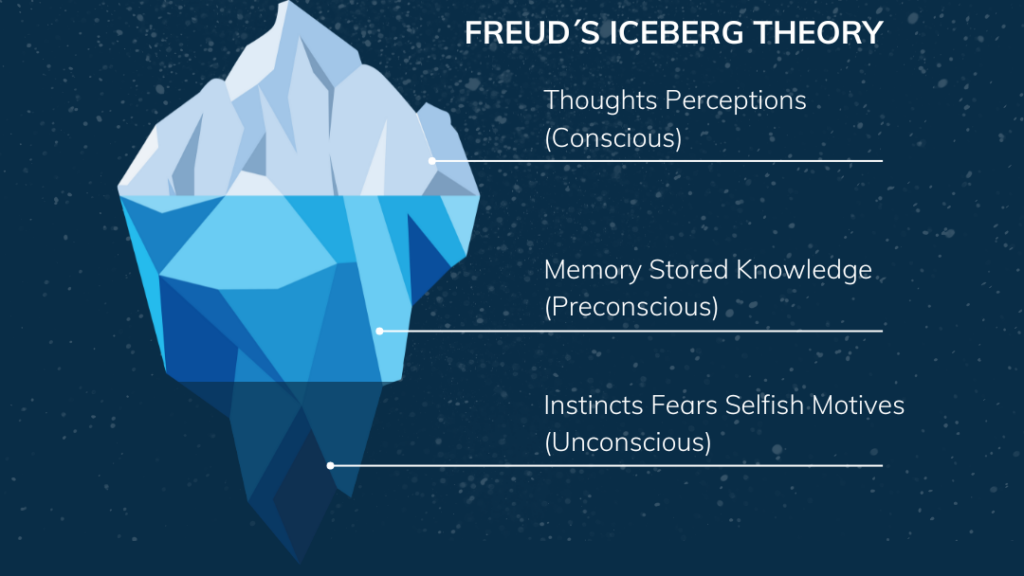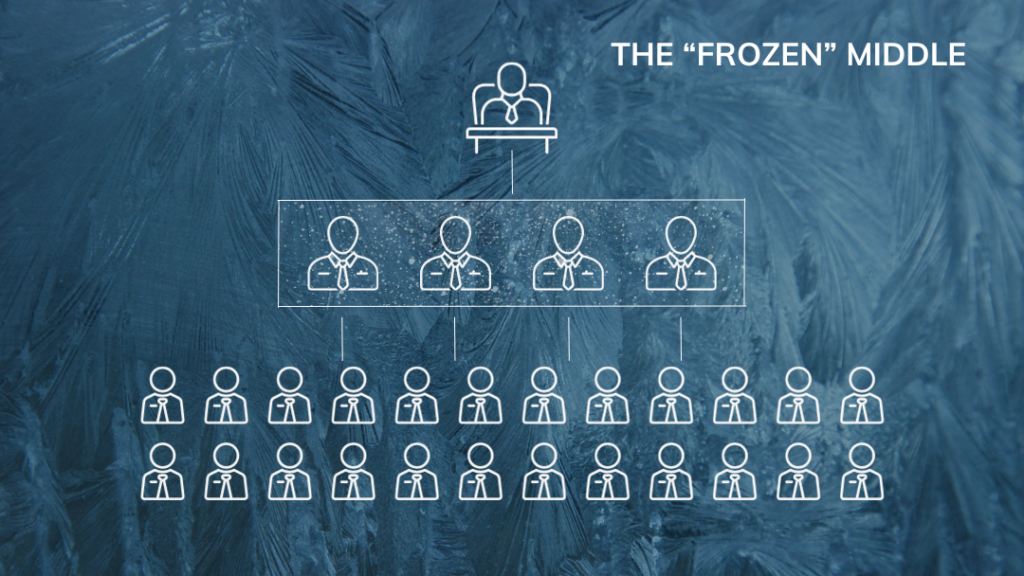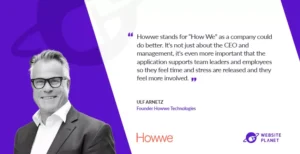I heard the term ‘the frozen middle’ in a recent meeting with a large consultancy. I hadn’t heard this term for a while, but it exists and resonates through any large business. The “Frozen Middle” is a term used to stereotype the middle management of organisations today (Spreitzer & Quinn, 1996). It was coined for a reason! Driving strategic initiatives down through organisations and retaining alignment and visualization of real progress towards the CEOs goals is a tough challenge.
Understanding the Frozen Middle: A Barrier to Strategic Execution
While you may argue this is just a leadership challenge, and it’s what you pay good leaders to do, only 10% of companies execute strategy on time. The frozen middle is one reason. Getting beyond the CEOs’ trusted lieutenants is crucial in any large enterprise, typically involving one or two levels down. At these levels, where the rubber hits the road, the completion of actual operational activities becomes vital to the organization’s success or failure.
What if these actual activities done daily or weekly are not linked to the organisation’s or CEO’s most important goals? How can you identify if this team or level of management is off course in advance, and guide them back on track? This lack of transparency of the activity of staff ‘below the waterline’ of an iceberg so to speak, keeping up with the frozen analogy, is vital to understand so that CEOs can course correct.

The Iceberg Analogy in Leadership: Uncovering the Unconscious Mind
Staying with the picture of an iceberg in our mind, Sigmund Freud (1915) used the iceberg theory to represent the mind’s three levels. The conscious – the visible tip of the iceberg; the preconscious – just below the surface; and the unconscious. The deep submerged unconscious mind is important for leaders to be aware of. This area holds our deep-seated desires and memories, influencing behavior despite being largely inaccessible. Here resides instinct and fears.
Our feelings, motives, and decisions are powerfully influenced by our past experiences, and stored in the unconscious. Most people are fearful of change, this may be many people’s natural state. Maintain the status quo. So when a leader needs change, does the unconscious mind resist despite the individual saying yes, or agreeing to things in a meeting? Is this why organisations find change hard, as the ‘middle’ resists; a collective unconscious bias perhaps to maintaining the status quo?
Challenges of the Middle Management in Strategy Implementation
You might argue this is where leadership comes in; driving change. But, how many organisations have truly great leaders with the ability to ‘walk the floors’, inspire staff at all levels with relatable stories, be connected to, and know the activities that individuals are doing on a weekly basis and what they need to have in order to perform better? Indeed do the employees at all levels have an idea of what goals the CEO wants to hit and what their ambitions are, and how can an individual relate to those?
Empowering Leaders with Digital Tools to Drive Change
Fortunately, today’s good leaders are complemented by advanced technology. This is where modern digital platforms that can empower leaders and staff at all levels come to the fore. They can help everyone drive a connected strategy down and across their organisations. With a potential unconscious bias towards comfort and familiarity, as opposed to the CEO’s vision, the organisation’s middle often starts doing things that are unconnected to the goals higher up. This is especially common in larger organisations or very complex matrix organisations.
It is in these organisations that platforms such as Howwe can have such a great effect. Clarity on what is most important, clarity on progress, clarity on the definition of done, clarity on who is doing what coupled with a method that encourages commitment and transparency among peers, is only positive.
Creating a Culture of Success: Thawing the Frozen Middle
The frozen middle starts to thaw. The unconscious helps not hinders. Of course this may not be a positive for those resistant to change in any company who enjoy hiding from important tasks or silently running their own agendas, but through proper leverage of a digital platform CEOs and Boards can ensure that leaders find out about behaviors that are not aligned to the top sooner rather than later. The CEO giving themselves the best possible chance of success with the right method and application, can only be good for the organisation as a whole and its culture.
Article by Stephen Bowhill, Managing Director, Howwe ANZ Pty Limited





